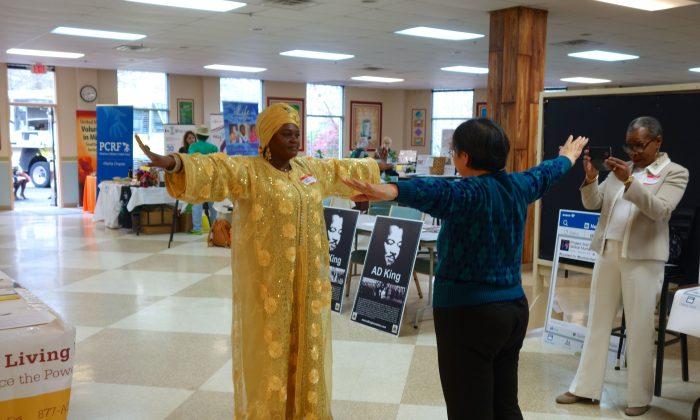Procrastinator, you know who you are. You file your taxes on April 15. You have not bought health insurance yet, knowing that open enrollment ends March 31. If you miss the deadline, it may cost you: a little, or potentially a lot.
“Everyone should definitely look into their options,” said Napala Pratini. She is a health analyst with NerdWallet, based in San Francisco. “There is a lot of confusion around health care, but there doesn’t have to be.”
In a city like New York, many young people work as artists, writers, photographers, and freelancers and the tax subsidies may be particularly relevant.
Almost half of young adults, defined as people aged 18–34, can get health coverage for less than $50 per month, according to Pratini. About 60 percent of them can pay less than $100 per month for coverage, she said. Her company did a study. “We found that the average subsidy for an uninsured young adult is $142 in California and $223 in New York,” she wrote in an email.
Nudge, not Punishment
The individual mandate is meant to be a nudge, not a punishment. Uncle Sam wants you to have skin in the game.
Starting this year, most people in America will be required to buy health insurance or pay a tax penalty. However, there are many exemptions, there are subsidies, and the tax penalty is small.
It will increase gradually, and for 2014 it’s an annual penalty of “$95 for each adult and $47.50 for each child, up to $285 per family, or 1 percent of family income minus the federal tax filing threshold, which is $10,000 for a person who files singly, $20,000 for somebody who files jointly,” according to a statement from the Kaiser Family Foundation.
The penalty will peak in 2016 at 2.5 percent of family income minus the federal tax filing threshold. Uncle Sam can and will take the penalty out of your tax refund, but there will be no garnishing of wages or other punitive action.
Subsidies for Incomes Up to $45,960
A person whose income is between 100 percent and 400 percent of the federal poverty level is eligible for premium subsidies to help pay for health insurance. The poverty level varies by the size of the family.
For a single person in the District of Columbia and the contiguous states, it’s $11,490 per year. So that individual might get premium subsidies if his income is less than $45,960 per year or 400 percent of the poverty threshold.
A married couple’s range of income eligible for subsidies would be $15,510 to $62,040.
Premiums or tax penalties are the part that costs a little. The part that could cost a lot would be having an unexpected illness or injury that needed expensive medical care.
One fall off a ladder could leave a person in debt. Developing cancer or diabetes and not knowing it, could be deadly. So stop procrastinating already. Uncle Sam wants you to be healthy and solvent, for your sake and for the larger society.





